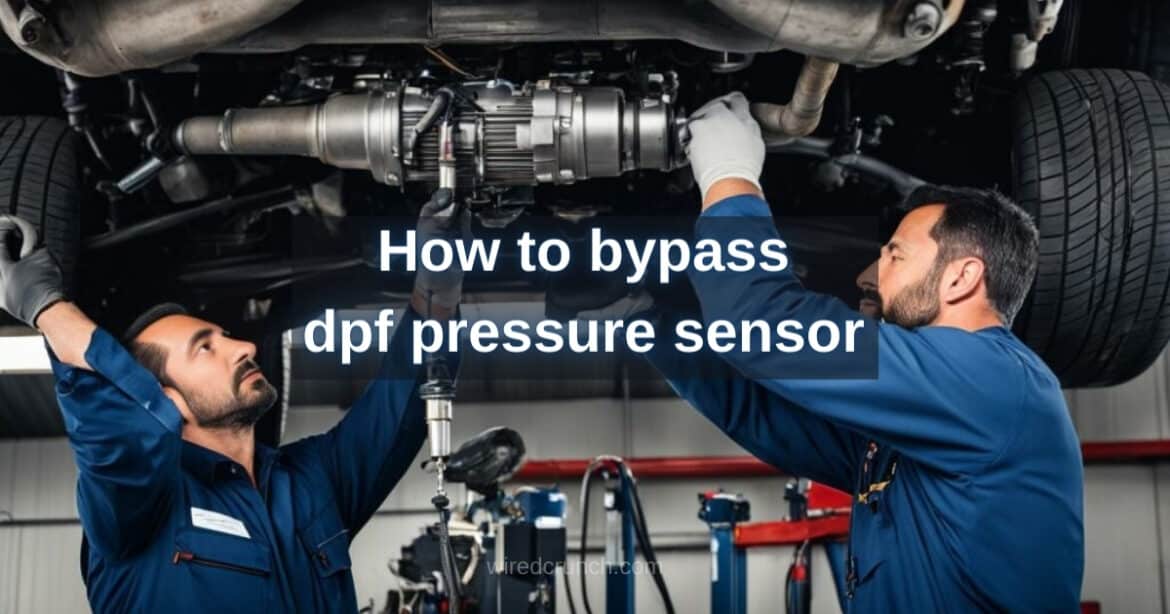Learn how to bypass DPF pressure sensor and understand its function in your diesel engine. Discover simple steps and key insights in this guide. Do you have a failing DPF pressure sensor that you’d like to bypass temporarily? Are you curious if it’s possible and how to do it? You’ve come to the right place. We’ve researched these questions and have the answers for you. Bypass dpf pressure sensor can be done by disconnecting the two silicone tubes from the sensor while leaving the wire harness attached. We’ll delve into the process of bypassing a DPF pressure sensor and discuss whether it’s a good idea.
The powertrain control module (PCM) relies on a signal from a differential pressure sensor to monitor the diesel particulate filter (DPF), which cleans diesel particulate matter (DPM) or soot. The DPF differential pressure sensor is essential for the proper functioning of the DPF.
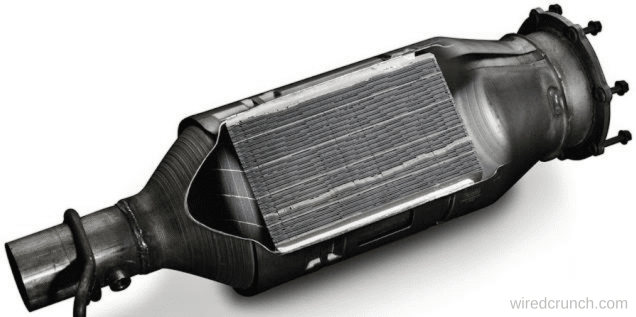
A clogged DPF can cause significant damage to your diesel engine and lead to costly repairs. Let’s take a closer look at the DPF, including how the DPF differential pressure sensor functions, common reasons for its failure, and methods for repairing it. Additionally, we’ll explore the concept of DPF differential pressure sensor bypass as part of understanding effective troubleshooting and maintenance practices.
Table of Contents
What is a dpf pressure sensor?
A Diesel Particulate Filter (DPF) is an essential component of the exhaust treatment system in modern diesel engine vehicles. It functions by trapping soot from the engine’s exhaust gases, effectively reducing emissions. Located close to the engine, the DPF ensures that the exhaust gases released from a diesel vehicle are cleaner.
Most DPFs are constructed from a ceramic material similar to that used in catalytic converters for support. The particulate filter inside the DPF is composed of various materials, each serving a specific purpose. Sometimes, it’s necessary to bypass DPF pressure sensor to ensure the vehicle runs smoothly without triggering unnecessary alerts.
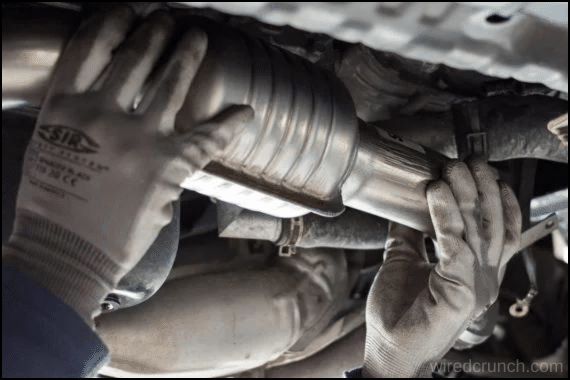
What does a dpf pressure sensor do?
This is where the DPF differential pressure sensor plays a crucial role. It monitors the pressure differences across the filter and can trigger the process of active regeneration. During this regeneration, the system injects a small amount of fuel into the collected soot. This fuel is then burned along with the soot, raising the temperature to a level that allows the soot to catalyze and convert into gas, which can then pass through the DPF.
Once all the soot inside the DPF burns away, it will be able to function normally again, and the pressure will be even. However, there are times when you might need to bypass DPF pressure sensor to prevent false alerts and ensure smooth operation.
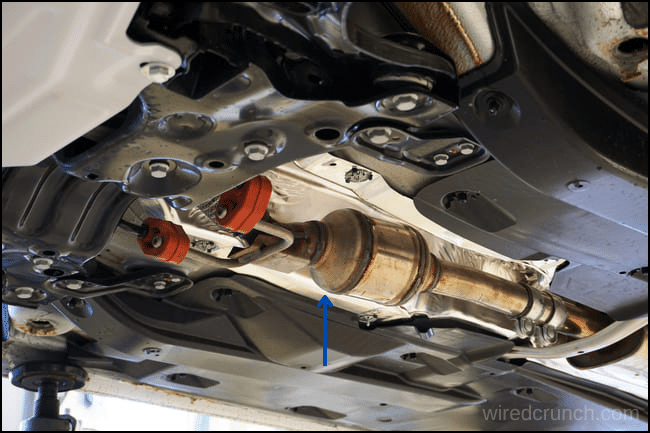
Steps to bypass dpf pressure sensor
The DPF sensor is connected to the exhaust line with two silicone hoses: one positioned before the exhaust gases reach the DPF, and the other after they have passed through it. The sensor measures the pressure difference between these two points. If it detects a significant difference, it sends a signal to the PCM (powertrain control module) to start the filter regeneration process. A large pressure difference indicates that the exhaust volume exiting the DPF is much lower than the volume entering it. Without regeneration, this blockage will worsen, leading to a build-up of exhaust pressure.
To bypass the DPF pressure sensor, follow these steps:
- Locate the silicone hoses connected to the DPF sensor.
- Disconnect the hoses from the sensor and securely plug the ends to prevent exhaust leaks.
- Install a bypass module that mimics normal pressure readings.
- Ensure these steps are completed to allow the vehicle to operate smoothly without activating regeneration alerts.

DPF pressure sensor location
The location of the DPF pressure sensor depends on the specific vehicle model. To locate and inspect or replace the part, it’s advisable to consult the car owner’s manual for its precise location. Another way to find the DPF pressure sensor location is to follow the pressure lines that lead to it. Typically, it is mounted to the side of the engine or positioned near the firewall at the rear of the engine compartment, allowing for convenient access for monitoring and maintenance.
Symptoms of a faulty dpf pressure sensor
The main consequence of a bad exhaust pressure sensor is a clogged or failing diesel particulate filter. Common causes include blocked sensor tubes or hoses and damage from high operating temperatures and engine vibration.
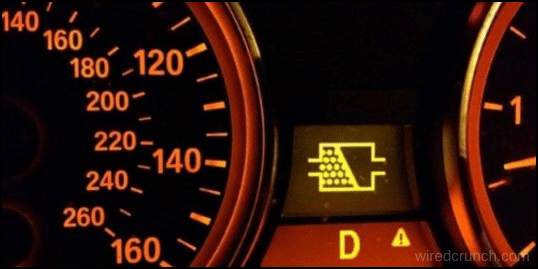
Here are some of the main faulty DPF pressure sensor symptoms and improper regeneration of the DPF.
- Increased fuel consumption
- Excessively high engine and transmission temperatures
- More black exhaust smoke
- Difficulty starting the engine
- Check engine light
Common DPF pressure sensor Fault Codes
If your check engine light is on, here are the codes related to a DPF sensor.
- P2452: Diesel Particulate Filter Pressure Sensor ‘A’ Circuit
- P2453: Diesel Particulate Filter Pressure Sensor ‘A’ Circuit Range/Performance
- P2454: Diesel Particulate Filter Pressure Sensor ‘A’ Circuit Low
- P2455: Diesel Particulate Filter Pressure Sensor ‘A’ Circuit High
Note: An exhaust leak can trigger these codes.
Conclusion
While it is sometimes necessary to bypass DPF pressure sensor to prevent issues and maintain vehicle performance, this should be done carefully. Understanding when and how to bypass the sensor can help keep your vehicle running smoothly, but always consider consulting a professional to ensure it’s done correctly and safely.
Frequently Asked Questions (FAQs)
What happens if the DPF pressure sensor fails?
When diesel particulate matter blocks one or both of these airways to the sensor, the sensor can no longer accurately determine pressure changes, resulting in catastrophic damage to the DPF and ultimately the engine.
Can I drive with a faulty DPF sensor?
Technically you can continue to drive the vehicle for a short period, although that is not recommended. The warning light is there for an excellent reason, it’s telling you that your DPF is blocked with soot and is affecting the engine.
What is the voltage of DPF pressure sensor?
A typical expected output signal voltage for an EPS signal on a DPF system that is unrestricted is Generally: Approximately 0.5 – 0.7V at Idle. Note: A DPF that is partially blocked may cause a slight increase in this reading, but additional testing is necessary to confirm.
What causes a DPF pressure sensor to melt?
What causes DPF differential pressure sensor failures? As with any electrical sensor in an engine, wires to the ECU can be damaged from harsh vibrations or crack and melt from extreme heat.
Can a blocked DPF cause low oil pressure?
No, your Diesel Particulate Filter (DPF) catches soot in the exhaust and traps it. Every so often, the DPF needs to regenerate, at which point fuel is injected into the exhaust stream either by the hydrocarbon (HC) doser or other means depending on the engine, to raise exhaust temperatures enough to burn the spot into ash.
READ MORE :
How Much Does the Transmission Sensor Replacement Cost
I have a professional background with a Diploma in Information Communication Technology, which brings a blend of technical expertise and creative flair to my writing. Currently, I serve as a writer for Creativeoutrank LLC and contribute to their various websites.
I’m writing is a ref... Read more
